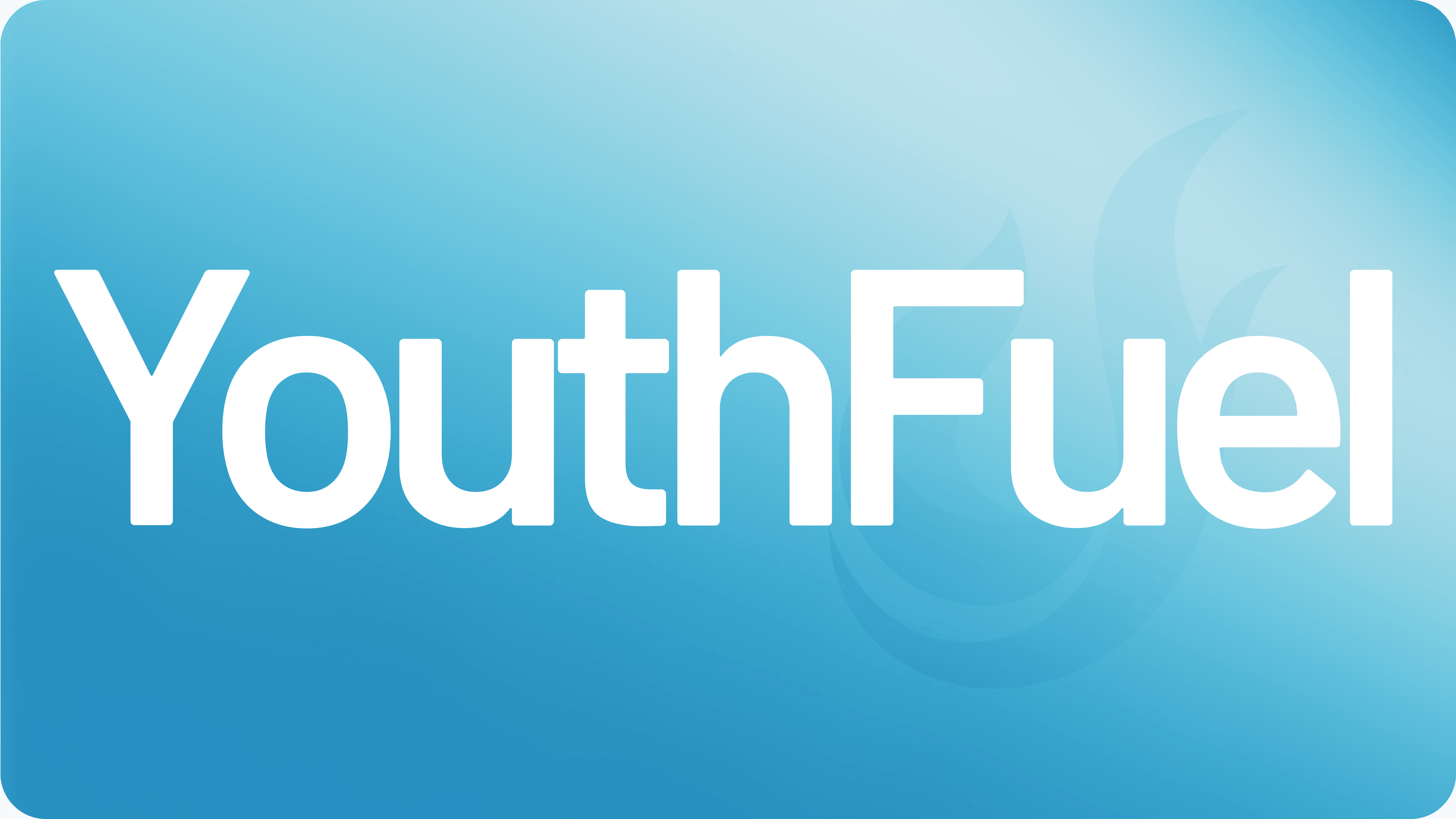Does Exercise Boost Testosterone?

Tony Ochrem
Founder, YouthFuel
Introduction
For men looking for ways to improve their overall health, two goals tend to get mentioned more than others: boost testosterone and increase muscle mass. But which comes first? Is more testosterone needed to build muscle? Or do you need muscle to drive testosterone production?
Let’s take a step back and set something straight. Does exercise boost testosterone?
The short answer? Yes—but it depends on the type, intensity, and frequency of exercise.
Research confirms that the right physical activity increases testosterone levels. In fact, a comprehensive evaluation found that exercise leads to a temporary rise in testosterone, with intensity being the biggest factor. However, the boost is usually short-lived. That means the real key is consistency, intensity, and the right kind of training.
Let’s break it down.
How Exercise Affects Testosterone Levels
Your body produces testosterone in response to physical demands. Certain types of exercise trigger testosterone production, while others have a more complex effect.
The biggest factors that determine whether exercise increases testosterone levels include:
Training intensity – Higher intensity = bigger boost
Type of exercise – Strength training and HIIT are best for testosterone response
Rest periods – Shorter rest periods can lead to increased testosterone
Overall fitness level – Sedentary men may see greater increases than physically active men
Now, let’s dive into which workouts actually raise testosterone—and which ones might reduce testosterone if overdone.
The Biological Mechanisms Behind Exercise and Testosterone
The relationship is deeply biochemical, influenced by muscle signaling, hormone cascades, and metabolic feedback loops. Let’s break it down.
1. Muscle Mass and Testosterone Production
Muscle tissue and testosterone have a give-and-take relationship. The more lean muscle mass you carry, the greater the demand for testosterone. Strength training triggers a spike in serum testosterone, but more importantly, it increases free testosterone—the bioavailable fraction that your body actually uses. That’s why resistance training isn’t just good for strength; it’s a direct stimulus for androgenic activity.
2. Growth Hormone and Testosterone Release
Testosterone doesn’t work alone. Growth hormone (GH) affects muscle repair, protein synthesis, and overall recovery. GH release alongside testosterone production creates a hormonal synergy and is why structured strength training leads to greater muscle development, faster recovery, and a more anabolic state over time.
3. Metabolism, Insulin Sensitivity, and Metabolic Syndrome
Testosterone and metabolic health are tightly linked. Men with metabolic syndrome—a cluster of conditions including high blood sugar, increased body fat, and insulin resistance—often show low testosterone levels. Why? Because insulin resistance blunts hormonal signaling and increases systemic inflammation, which suppresses natural testosterone production.
But here’s the fix: Exercise improves insulin sensitivity, regulates hormonal balance, and shifts metabolism toward an anabolic, fat-burning state. That means higher testosterone levels, improved body composition, and a reduced risk of metabolic dysfunction.
Best Types of Exercise to Boost Testosterone
Not all exercise is equal when it comes to testosterone production. Here’s what works best.
1. Resistance Training (Weight Lifting & Strength Training)
Strength training, especially exercises using large muscle groups, has the most profound impact on testosterone levels. Studies show that compound lifts like squats, deadlifts, and bench presses produce a significant increase in testosterone post-workout.
What Works Best?
Heavy lifting (75-90% of max effort)
Lower reps, higher weight (5-8 reps per set)
Engaging large muscle groups
Shorter rest periods (30-60 seconds) to sustain hormonal response
2. High-Intensity Interval Training (HIIT)
HIIT workouts—short bursts of maximal aerobic exercise followed by rest—also cause testosterone levels to rise. The key here is the intensity. Sprints, kettlebell swings, or circuit-style training with explosive movements are ideal.
Best HIIT Workouts for Testosterone:
Sprint intervals (20-30 seconds at max effort, followed by 60-second rest, repeated 6-10 times)
Rowing machine sprints
Jump squats, burpees, and kettlebell swings in rapid circuits
3. Compound Movements Over Isolation Exercises
Movements that engage multiple muscle groups at once create a bigger hormonal response than isolation exercises like bicep curls.
Best Compound Lifts for Testosterone:
Squats
Deadlifts
Bench Press
Pull-ups
Overhead Press
These exercises require higher energy output, which leads to a bigger boost in testosterone production.
Does Cardio Help or Hurt Testosterone Levels?
Cardio can be a double-edged sword when it comes to testosterone levels.
1. Endurance Training (Long-Distance Running, Cycling, etc.)
Prolonged endurance training (think marathon running) can actually lower testosterone levels over time. Long cardio sessions can increase cortisol—a stress hormone that reduces testosterone.
What to Watch For:
Excessive long-distance running or cycling can reduce testosterone if overdone
High cortisol levels from long workouts may lead to depressed mood, lower T, and increased fat mass
Overtraining without proper recovery negatively affects testosterone production
2. Moderate Cardio for Health Benefits
That said, moderate aerobic exercise (30-45 minutes a few times per week) can improve heart health, body composition, and metabolic function—all of which indirectly support healthy testosterone levels.
How Exercise and Diet Work Together for Testosterone Production
Exercise alone won’t maximize testosterone levels without proper nutrition.
What to Eat for Higher Testosterone:
Healthy Fats – Found in avocados, nuts, fatty fish (essential for steroid hormone production)
Lean Protein – Supports muscle development and metabolic function
Zinc & Magnesium – Critical for testosterone production (oysters, red meat, spinach)
Vitamin D – Low vitamin D is linked to testosterone deficiency (get sunlight or take a supplement)
What to Avoid:
Excessive calorie restriction – Too few calories can suppress sex hormone production
Processed foods & sugars – Can lead to insulin resistance and lower testosterone
Excess alcohol – Impacts testosterone synthesis and semen parameters
When Exercise Alone Isn’t Enough
Exercise absolutely boosts testosterone—but sometimes, it’s not enough.
If you’re training hard, eating right, and still experiencing symptoms of low testosterone, it might be time to consider testosterone replacement therapy (TRT).
Signs You May Need TRT:
Persistent low energy despite regular exercise
Difficulty building muscle even with weight training
Low libido or sexual dysfunction
Unexplained weight gain and increased body fat
Brain fog, mood swings, or decreased mental reaction time
If exercise, diet, and lifestyle changes aren’t raising your testosterone levels, it could be due to underlying health conditions or testosterone deficiency. Testosterone Replacement Therapy is a medically backed solution that restores testosterone levels to where they should be.
Start Your Health Journey Today
Increases Energy & Vitality
Effective Health Solutions
Boosts Confidence & Performance













